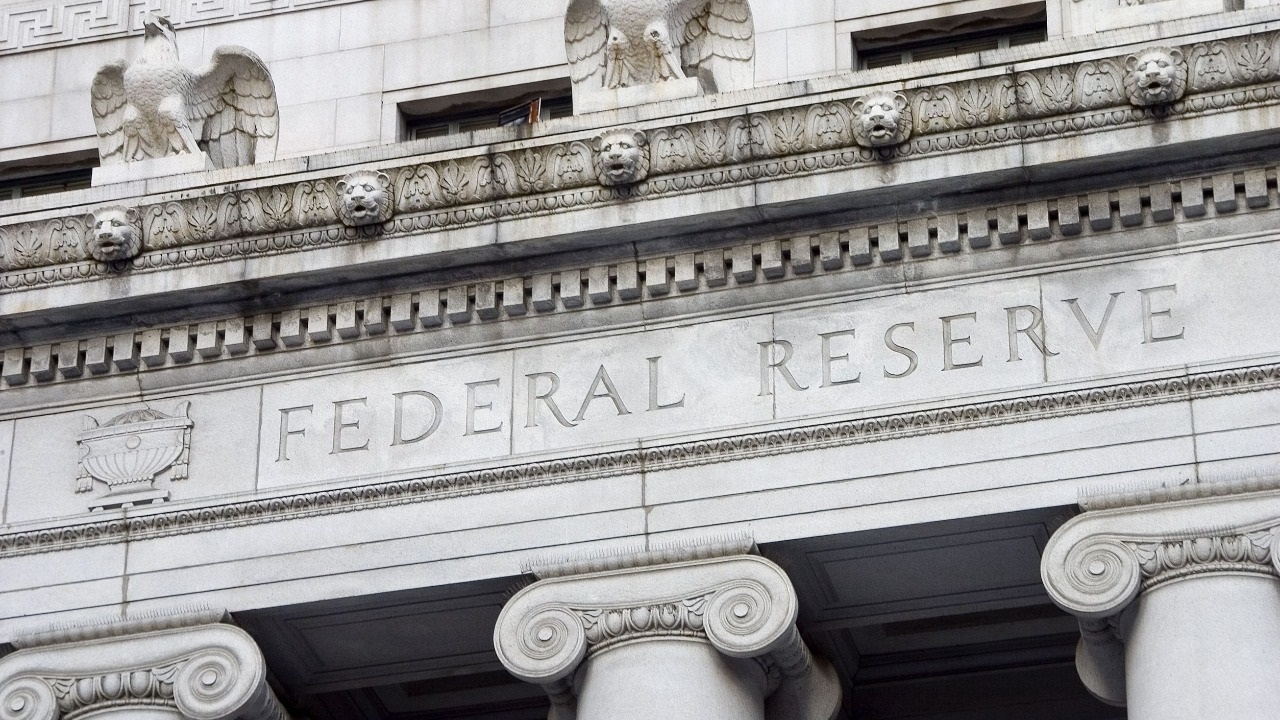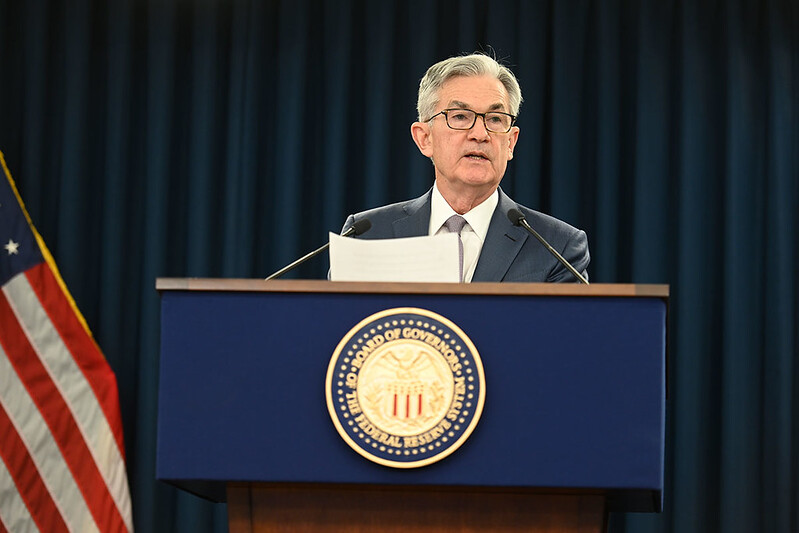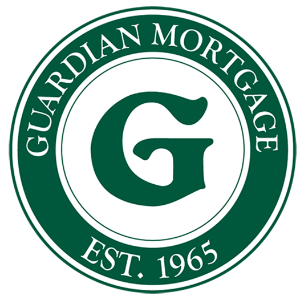
Say it isn’t so; myths about today’s housing market
___
Published Date 7/25/2023
When Journey came out with their ‘80s hit “Don’t Stop Believin’,” it’s a stretch to think they were predicting how we’d feel about today’s housing market, which has been stuck for longer than anyone could have imagined.
Realtor.com’s Sally Jones acknowledges how sellers with low mortgage rates hold on to their homes, leaving buyers with scant listings from which to choose. And when they do find a house, face substantial challenges with home prices as well as mortgage rates. “With sellers and buyers at an impasse, misconceptions and outright myths are popping up on both sides about the state of the market on social channels and forums.” So Jones offers the four biggest myths about the current housing market and why experts say they’re wrong.
The first is that the market is even remotely like 2008, when it all came crashing down. “Today’s buy-sell stalemate has some would-be buyers almost hoping that we are in a bubble—that it will burst and lead to plentiful homes available at fire-sale prices,” says Jones. “But the reality is that the 2008 housing market collapse triggered a recession that caused record job losses. Even if we are in a bubble right now—and most experts say it’s hard to call it until it’s in the rearview mirror—conditions are not at all like they were in 2008.”
Another difference: Right now, builders are cranking out homes while resale home listings are few, comparatively speaking. Back then, although there was a glut of new homes being built, sellers of both new and used homes were trying to attract buyers, and homebuyers could qualify for a mortgage with little to no money down. There was a surge in lenders offering adjustable-rate loans to buyers with subprime credit profiles, which is part of why it all crashed. Once the introductory rate ended, the loan adjusted to a higher rate, and it was too soon to accrue appreciation (equity) in their homes, many buyers could no longer afford their monthly payments. That led to entire neighborhoods with empty houses accompanied by tumbleweeds rolling down their streets.
“None of these conditions is true today,” says Jones. “Today almost half of all homeowners have more than 50% equity. To boot, laws were passed in 2010 to strengthen verification of a borrower’s ability to repay a loan.
Jones admits the drivers of today’s home prices are entirely different. 2020 to 2022 price increases were driven by an inventory shortage and unusually low interest rates. Certainly a different ballgame.
Yet another myth is that today’s homeowners will never sell. Given the unbeatable interest rates available two years ago, when many bought or refinanced, what would make them budge? In reality, however, there are always life events that force homeowners to sell — instances like new jobs accompanied by relocations, growing families needing more room, or retirees looking to downsize, moving to be closer to family, or going into assisted living.
And let’s not kid ourselves. Just because interest rates are high doesn’t mean home prices will come tumbling down. “The relationship between interest rates and home prices is complex,” says Jones, who admits that the increase in interest rates has not resulted in a decline in prices in most markets. Truth be told, home prices are all over the map, still being driven by inventory. And in the most popular locations, an updated home that’s move-in ready might still get multiple offers.
This myth of good credit borrowers subsidizing those with questionable credit is also a false one. It’s one that blew up over a misunderstanding about government-backed Fannie Mae and Freddie Mac loans and a new fee structure. “Fannie and Freddie are government-sponsored enterprises (GSEs) on a mission to make mortgages more accessible to first-time homebuyers with lower incomes but good credit,” says Jones. “They don’t issue loans directly but work with lenders to lower their risk by guaranteeing certain loans should the borrower default.”
She goes on to say that these organizations also purchase other lenders’ loans on the secondary market and sell them to investors as mortgage-backed securities, freeing up lenders to be able to keep lending to new borrowers. “Fannie and Freddie are essential organizations in the mortgage industry. About 70% of all mortgages are GSE-backed. So they can set requirements and establish fees.” This new fee structure eliminated upfront fees for first-time homebuyers while increasing fees for other loans that are outside the organizations’ stated mission and borrowers who don’t need a leg up: namely, second-home loans, high-balance loans, and cash-out refinances. None of this had anything to do with a borrower’s credit score.
Realtor, TBWS
All information furnished has been forwarded to you and is provided by thetbwsgroup only for informational purposes. Forecasting shall be considered as events which may be expected but not guaranteed. Neither the forwarding party and/or company nor thetbwsgroup assume any responsibility to any person who relies on information or forecasting contained in this report and disclaims all liability in respect to decisions or actions, or lack thereof based on any or all of the contents of this report.
Guardian Mortgage, a division of Sunflower Bank, N.A.


Dean Wegner
Mortgage Area Manager
NMLS: NMLS# 220741
Guardian Mortgage
16430 N Scottsdale Rd #120, Scottsdale AZ
Company NMLS: Dean Wegner
Office: 602-432-6388
Cell: 480-286-3303
Email: deanwegner@gmc-inc.com
Web: https://www.guardianmortgageonline.com/loanoriginators/Dean-Wegner

Dean Wegner
___
Mortgage Area Manager
NMLS: NMLS# 220741
Cell: 480-286-3303
Last articles
___

Markets expect a volatile week with lots of inflation data
4/8/2024
Last Friday the employment report shocked with the unexpected big increase in jo... view more

The week ahead is packed with economic news
10/30/2023
For a brief moment about 6:30 am ET this morning the 10 year note yield traded u... view more

Markets will be focused on FOMC today
9/20/2023
At 9:30 am the DJIA opened +66, NASDAQ +11, S&P +8. 10 year note 4.33% -3 bp. FN... view more

Inflation will be the focus for this week
9/11/2023
Overnight the 10 year note traded at 4.31% +4 bps, by 8:30 am ET 4.29%. MBSs ope... view more

Three things that could impact rates this week
9/5/2023
These are the three areas that have the greatest ability to impact rates this we... view more

Markets will be focused on inflation and employment this week
8/28/2023
No data today but two Treasury auctions, at 11:30 am ET $45B of 2 year notes; at... view more

The Bank of England remains steadfast in its battle with inflation
8/3/2023
The July Challenger Job Cuts were only 23,697 versus 40,709 in June. It was over... view more

Say it isn’t so; myths about today’s housing market
7/25/2023
When Journey came out with their ‘80s hit “Don’t Stop Believin’,” it’s a stretch... view more

‘Working from home’ might someday mean working from your old high-rise office building
7/24/2023
It’s no secret. In fact, it’s a problem. Not enough housing and too much office ... view more

Market’s will be focused on FOMC this week
7/24/2023
The Fed has essentially guaranteed a 25 bp increase on Wednesday. The issue is w... view more
Load more
 Guardian Mortgage
Guardian Mortgage










